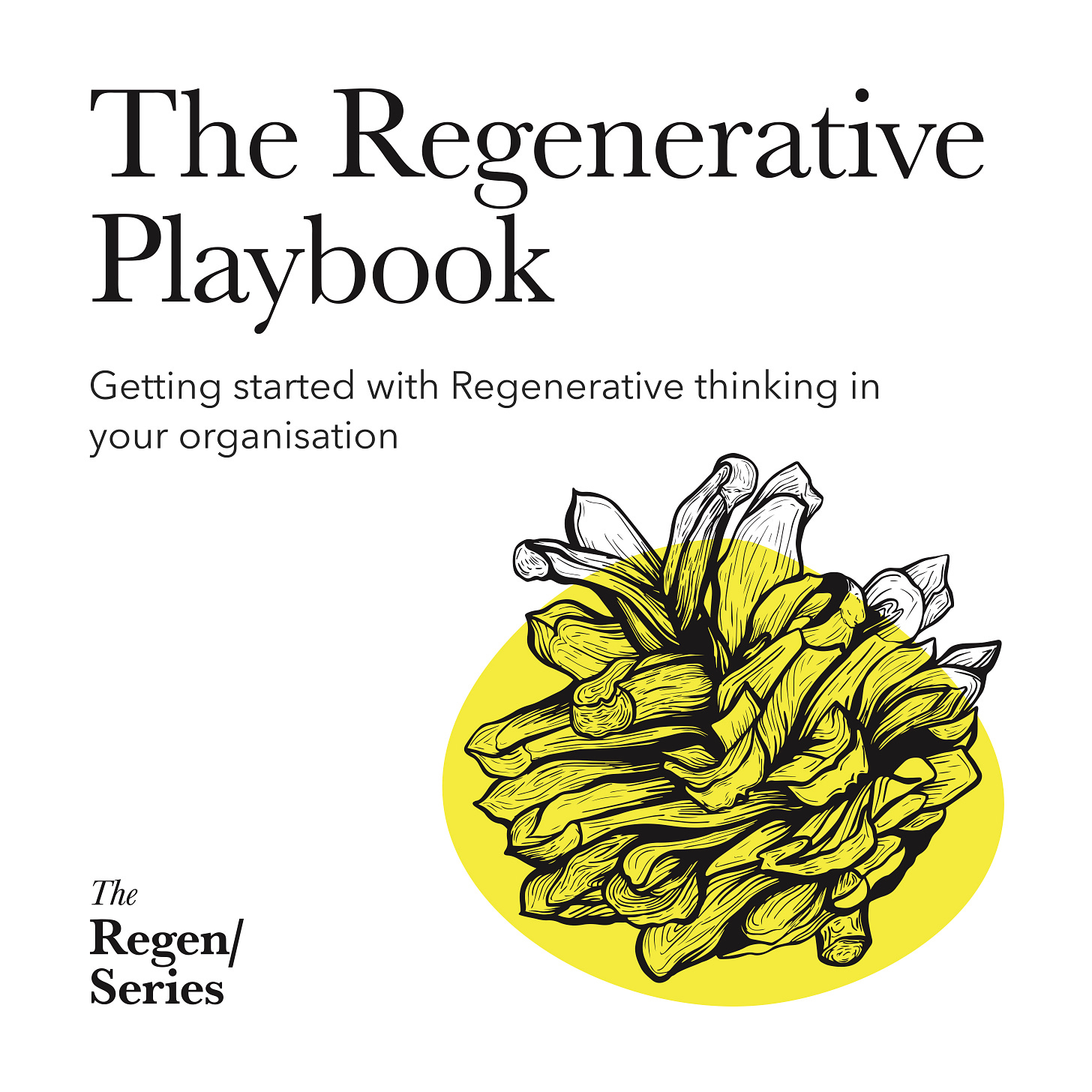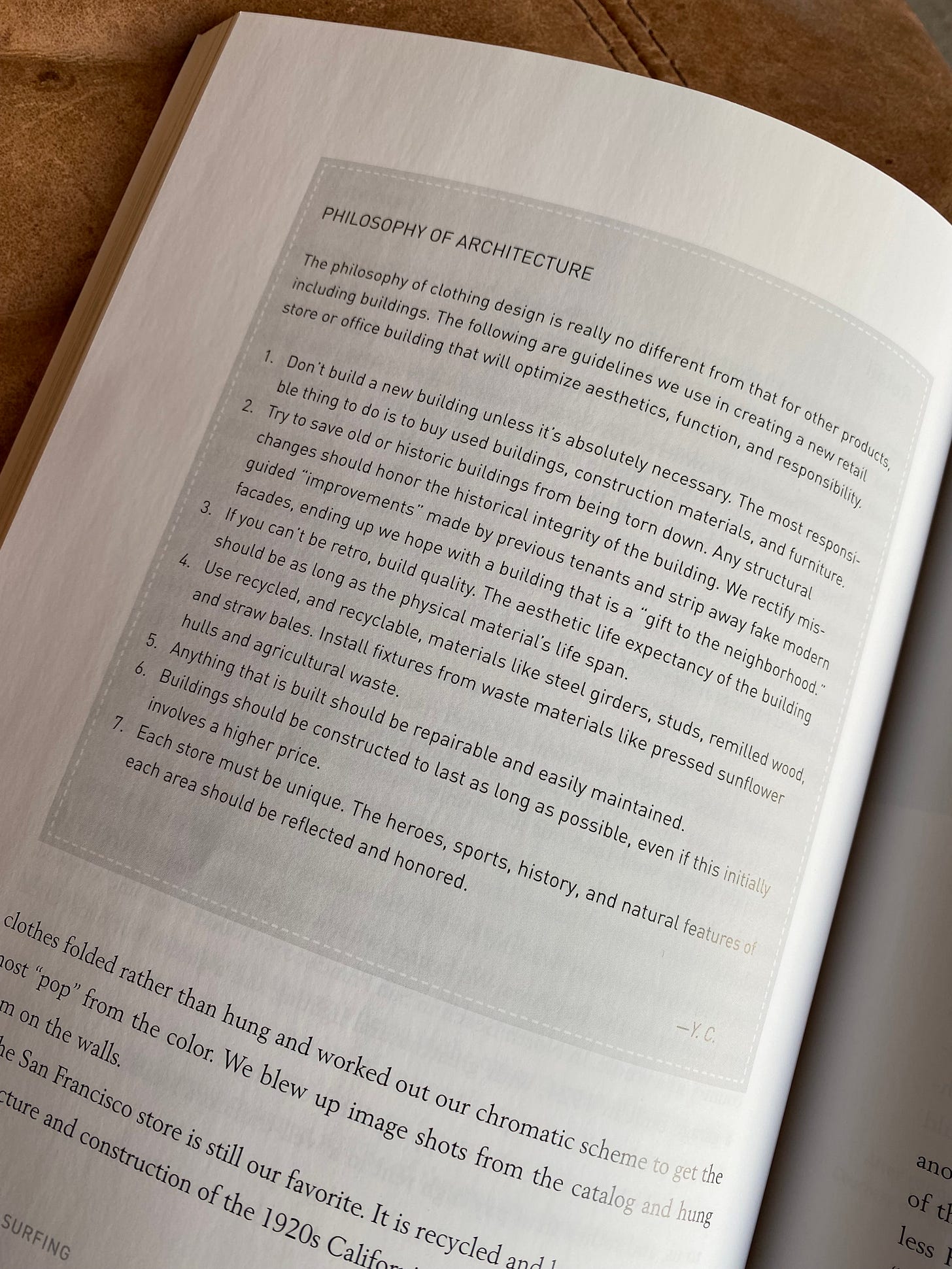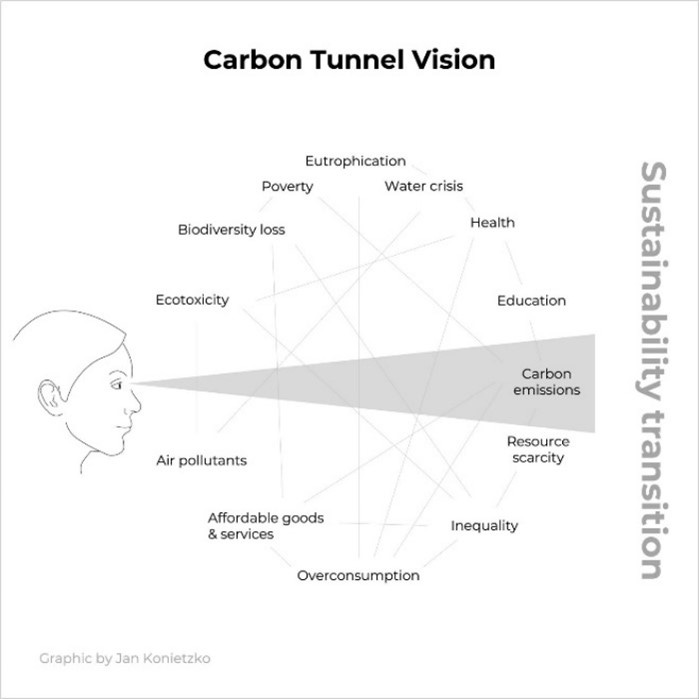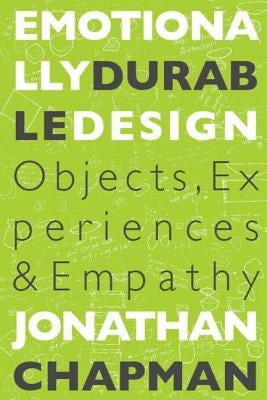Welcome to Regen/ Notes
… a newsletter of regenerative news, stories and more, with a sideways focus on the built environment, curated by Martin Brown with Anna Williamson It is a companion to our Regen/ Zoom activities where we connect the spaces between regenerative dots, sharing ideas themes and work that invigorates and inspires.
Regenerative Playbook
We continue to receive awesome reviews and comments on The Regenerative Playbook. We loved this recent LinkedIn post from Ainsley Ryan based in Melbourne.
Is it time to think beyond zero? What part does regenerative thinking have to play in a sustainable future? I was lucky enough to catch the launch of the ‘Regenerative Playbook: Getting Started with Regenerative Thinking in your Organisation’
This excellent book introduces and guides you through the fundamentals of regenerative thinking and provides a framework for action.

At last, the Playbook is at the printers, and we hope to be shipping out to pre-orders early next week. Thank you for the patience of those who did pre-order, we are sure that the wait will be worth it. You can access the online version here and order a copy of our next print run by emailing us here.
Zoom Regenerative Birthday
It was two years ago, in March 2020 that we entered into lockdown in the UK, when it seemed the world had stopped. We noticed nature, we had a glimpse of what the world could look like without pollution, noise or traffic. We sang with nightingales online and we watched spring emerge. Arundhati Roy wrote of the pandemic as a portal.
We are just a month away from celebrating the second birthday of Zoom Regenerative, which raises three thoughts - firstly what an honour it has been to watch ZR grow into such a vibrant and engaged community, thank you, secondly so grateful with Anna Williamson on board we have grown into Regen/ providing regenerative support.
And thirdly - how can we best celebrate two years of regens? Our second birthday coincides (nearly) with Earth Day - so Ideas on that postcard, please.
Health Building Hero
A little background to the Zoom Regenerative story and the connections it has enabled was captured in a lovely interview with Work In Mind. As Joanna Watchman commented "We felt it was time someone celebrated the movers, shakers and change-makers who are changing the Built Environment for the better" I was honoured to be chosen as the first Health Building Hero.
Emotional Durability
Our most recent Zoom Regenerative #44 looked at emotional durability in fashion with Rachel Sheila Khan (on which more from Anna below) and I noticed this week that Patagonia are promoting the use of Regenerative Organic Certified (ROC) cotton in their clothing range, a material that is certified as improving soil, communities, biodiversity and more. ROC have a great strapline “Farm Like the World Depends on it” which I have borrowed for the heading of this post.
The closest comparison to the Regenerative Organic Certified scheme is the Living Building Challenge which certifies a building as Regenerative in improving its place, environment, inhabitants, community and the planet.
Zoom Regenerative 44 also explored the 'emotional durability' crossover from fashion to construction and how we can bake emotional durability into products and buildings. And as we saw in Lloyd Alter’s TreeHugger article what can happen when the emotional bond breaks, as in the case of the Cumbernauld Shopping Center. (This Brutalist Classic in Scotland Is Getting Demolished Instead of Reimagined - “landmarks, not landfill”
Philosophy of Architecture
In the brilliant Patagonia book "Let my people go Surfing", Yvon Chouinard makes the connection between their clothing business philosophy and that of building, with the Patagonia “Philosophy of Architecture” We could learn a lot from these simple guidelines that seek to optimise hope, function and responsibility. (See On Patagonia as to why this organisation has been a beacon throughout my career)
Carbon Tunnel Vision?
With zero and net-zero carbon being dominant in the news at the moment we have to ask the question: What is the Regenerative lens through which we should be viewing net-zero carbon? Are we experiencing CarbonTunnel vision? (a term coined by Jan Konietzko of Cognizant) and only seeing the current carbon agenda as a technical perspective tick box, rather than across the connected, nested systems which carbon transcends. Reduction to net-zero will only be achievable through a regenerative mindset, through collaborative supply chains, through partnerships with communities and with nature.
The Age of Regenerative Business
And that regenerative mindset, necessary for the net-zero future we aspire to, has to be a business mindset, as John Elkington, Volans keynote at the Edie sustainable leaders forum, predicted “We’re moving past CSR - the age of regenerative business is dawning” and concluded by stating: “Are we ready for what we’re going to be called on to do? If we’re not, the challenge is to either step up or be prepared to get out of the way.”
Soliphilia
On a place, nature and biophilia module this week, we touched on the importance of language, and the lack of words to describe ‘sustainability’. Like the indigenous Potawatomi word “puhpowee” for the sound mushrooms make as they break through the ground, do we have a word for that buzz we get when really in awe and connecting with nature, like getting caught in a rainstorm or walking through a snowstorm or just sitting and watching the sun rising or setting.
How about playing with the word ‘soliphilia’. Coined in 2009 by Glenn Albrecht a philosopher and professor of sustainability at Murdoch University in Perth, the term soliphilia express our love of the interconnectedness between each living thing, its ancestors and the environment it evolved from, As the “love of the interrelated whole” ‘soliphilia’ alongside biophilia expands our connections from our place, a building, to the whole, the planet.
Anna Williamson FRSA, (Regenerative Sustainability Consultant at Limewood Group) reflects on the last zoom Regenerative and our latest ideas meeting:
The latest zR heard from Rachel Sheil Khan on the subject of emotional durability, and following the principles that everything is interconnected and interdependent, I was struck by the commonalities between her subject of emotional durability in textile and clothing manufacture, and mine and Martin’s sector - the built environment.
Showing us a dress from the 1950s, Rachel explained how material was left in a garment, that seam margins were much more generous than today, and that allowed that garment to follow the wearer along their life journey and perhaps allowed it to be passed on and be useful for another owner to create more memories and appear in more special photographs! In short - built-in adaptability - into clothes that trigger emotions and hold a place in our hearts.
Garment manufacture today, however, has no such resilience or adaptability built-in. Narrow cost margins dictate no generous hem or seam lengths and this fuels and perpetuate the culture of fast fashion - once a garment no longer fits or is no longer a la mode, it is discarded - and with it, the opportunity to own and wear it for decades, and amass memories, is lost.
Rachel’s call to action is for us to unleash our inner creativity - to have regenerator stations where garments can be taken to be reworked, mended and embellished - how much more vibrant that would be!
And so I pondered on how might we recognise emotional durability in the built environment?
In his book ‘Emotionally Durable Design: Objects, Experiences and Empathy’, Jonathan Chapman explores how we retain an interest in things only when they continue, over time, to remain meaningful, and can adapt to our changing desires and values.
Today’s business model, which strives to create maximum profit from producing and selling more and more products, does not encourage consumers to keep and care for things. The recent legislation around planned obsolescence is beginning to address that - but what of human desire for the next best thing once we resent and grow tired of the worn and faded?
Jonathan states: ‘we are consumers of meaning not matter’ and what greater meaning and emotions can be held but in a home.
A home is often intrinsically tied to our life journey - the starter home for a young couple that welcomes a child and begins to bear the hallmarks of raising children and pets: the growth rings as a child grows, marked through the paint in a door frame. The extension was built to house and welcome the now expanding family. The individuality is imposed upon it with choices of colours of windows and renders. The memories are attached to each bump and patch job.
Yet today’s homes suffer in the same way as today’s garments - narrow margins. The Lifetime Homes standards were replaced in 2015 by an optional building regulation standard entitled ‘accessible and adaptable dwellings’ - keyword: optional. Social housing providers predominantly, incorporated Lifetime Homes standards as resilience and longevity are key for social landlords and simple things such as designing a dwelling for the potential to retrofit a through floor lift or to adapt a downstairs room into a bedroom, would ensure a home could grow and adapt throughout its life and through multiple generations of a family.
Inherent in frameworks such as Living Building Challenge and Living Community Challenge, adaptability and resilience are designed in ‘The building and construction industries determine, by and large, how residents interpret their surroundings and the built environment. As such, it is vital to re-engineer our cities and towns to correspond more directly to the natural landscapes they inhabit. By reconfiguring how we think of such spaces, architects, engineers, planners, and contractors can create buildings that generate their own energy, and wean buildings off the fossil fuel economy.’ and with the current energy and inflation challenges, never have such programmes been more relevant and timely.







